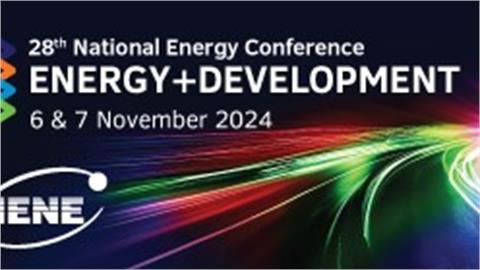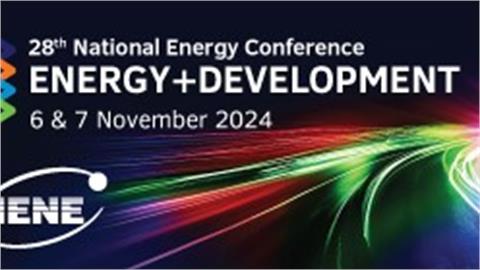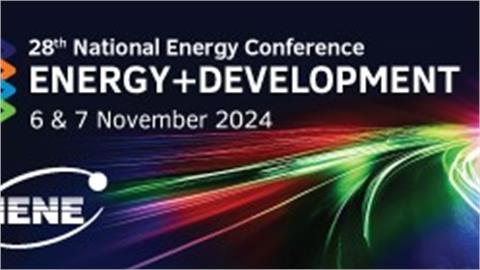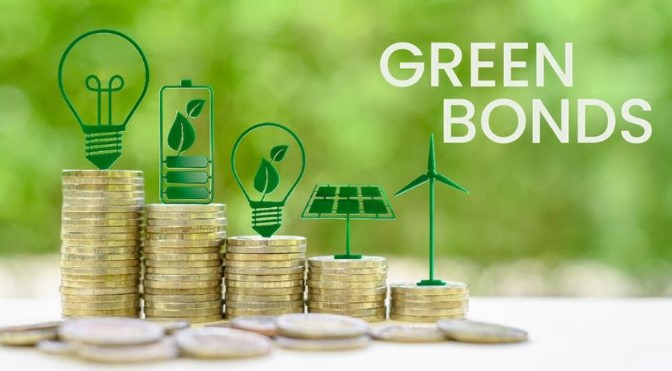IENE announced today the completion of its latest study entitled "The Vertical Corridor from the Aegean to the Baltic” describing and analyzing in detail the concept for a "Vertical Corridor” for gas transportation in SE Europe, as it was first presented and agreed in a joint statement on December 2014 by the Ministers of Energy of Greece, Bulgaria and Romania
IENE announced today the completion of its latest study entitled "The Vertical Corridor from the Aegean to the Baltic” describing and analyzing in detail the concept for a "Vertical Corridor” for gas transportation in SE Europe, as it was first presented and agreed in a joint statement on December 2014 by the Ministers of Energy of Greece, Bulgaria and Romania. The study is available through IENE’s website at: www.iene.eu ("Reports" section).
In view of the fact that apart from the above political statement no other supporting documentation existed describing the technical and operational characteristics of this new system of pipelines, IENE, as part of its mission, seized the initiative and carried out an initial "concept development” study with the explicit purpose of: (a) decoding the political message behind the above ministerial declaration and (b) highlighting the key elements of the proposed corridor both in terms of design and operation.Thus, IENE undertook this initiative, in co-ordination with Greece’s Ministry of Environment and Energy, while the study was financially supported by the Public Gas Corporation (DEPA).
Thestudy attempts an all round investigation of the existing and prospective gas infrastructure of the region and its relevance to the development of the "Vertical Corridor” system of gas pipelines. This latest IENE study provides a detailed analysis at both technical and economic level of the main parameters involved for the implementation of what appears to be a very challenging project. However, it has to be noted that it is the political implications and the necessary agreements at diplomatic level which present the main challenges for a successful launching of this ambitious project. As it becomes very clear from the study, the construction of new components for this system will require minimal work, whether pipelines, compressor stations, branches or metering stations since at the same time serve the needs of local gas networks. It is the modus operandi, for what is likely to be a rather complex web of pipelines that will require most attention and a very precise set of intergovernmental agreements. The formulation and signing of a revised "Memorandum of Understanding” where all key technical and operational parameters of the "Vertical Corridor”, as outlined in the present study, is of paramount importance and will in essence open the way for the project’s realization.
Prior to describing and defining the "Vertical Corridor” concept, the study establishes the prerequisites at EU and SE Europe level in terms of gas demand and energy policy priorities. These prerequisites take into consideration the latest developments related to planned gas pipeline infrastructure in the region in the post-Nabucco era. A basic assumption in developing the "Vertical Corridor” concept is the desired- following latest EU policy objectives- interconnectivity of the gas system of all countries concerned (i.e. Greece, Turkey, Bulgaria, FYROM, Serbia, Romania and Hungary). Consequently the "Vertical Corridor” emerges as a broad gas interconnectivity concept which relates and covers the entire SE Europe region.
The components of the Vertical Corridor are fully described as they mostly consist of existing or planned and approved gas interconnectors and related infrastructure. In addition the gas supply options of the Vertical Corridor are explained in detail including inputs from major gas pipelines, storage facilities, and LNG terminals. Furthermore, the study defines a proposed operational framework for use of the Vertical Corridor by the various TSO’s but also by market participants who will be moving around gas quantities, especially from South to North but also in other possible directions. Moreover, the development of a "Vertical Corridor” in SE Europe will facilitate the establishment of Gas Trading Hubs (and vice-versa) as described in detail in a separate study prepared by IENE (See "The Outlook for a Natural Gas Trading Hub in SE Europe”, September 2014).



